Unlocking the potential of hemp seed germination through innovative methodologies is essential for optimizing cultivation methods. This study examines the effects of carbohydrate sources and environmental forces on cannabis seed germination using artificial neural networks (ANNs) for analysis. The results show that a moderate concentration of mMS medium with added sucrose gives the best results. This research provides valuable information on increasing the germination efficiency of hemp seeds and optimizing growing conditions.
Introduction:
Hemp has significant economic potential for a variety of industries, including textiles, healthcare, and agriculture. However, progress in biotechnological methods of growing high-CBD medical hemp has been hampered by historical limitations. Plant tissue culture, a key biotechnological tool, offers many advantages, including space saving and disease resistance. Optimizing seed germination protocols is critical to obtain juvenile tissue for further procedures, genetic manipulations, and screening for stress tolerance.
Methods:
Industrial hemp seeds were exposed to different concentrations of carbohydrate sources (sucrose and glucose) and DKW and mMS media. Artificial neural networks (ANNs), including multilayer perceptron (MLP), radial basis function (RBF), and generalized regression neural network (GRNN), were used for data analysis and optimization of seed germination conditions. The Non-Dominated Sorting Genetic Algorithm II (NSGA-II) further refined the optimal conditions.
Results and discussion:
The GRNN model demonstrated excellent prediction accuracy when optimizing similarity scores and morphological features compared to other ANNs. The optimization process showed that a moderate concentration of mMS medium with added sucrose gave the best germination results. These results emphasize the importance of medium composition and carbohydrate sources for hemp seed germination.
Conclusion:
Germination of hemp seeds is a complex process that is influenced by various factors. The use of high-quality equipment and fertilizer , artificial neural networks, in particular GRNN, combined with NSGA-II optimization offers a reliable methodology for optimizing cultivation conditions. This research contributes to the improvement of hemp cultivation methods, opening the way to increase the productivity and sustainability of agricultural crops.
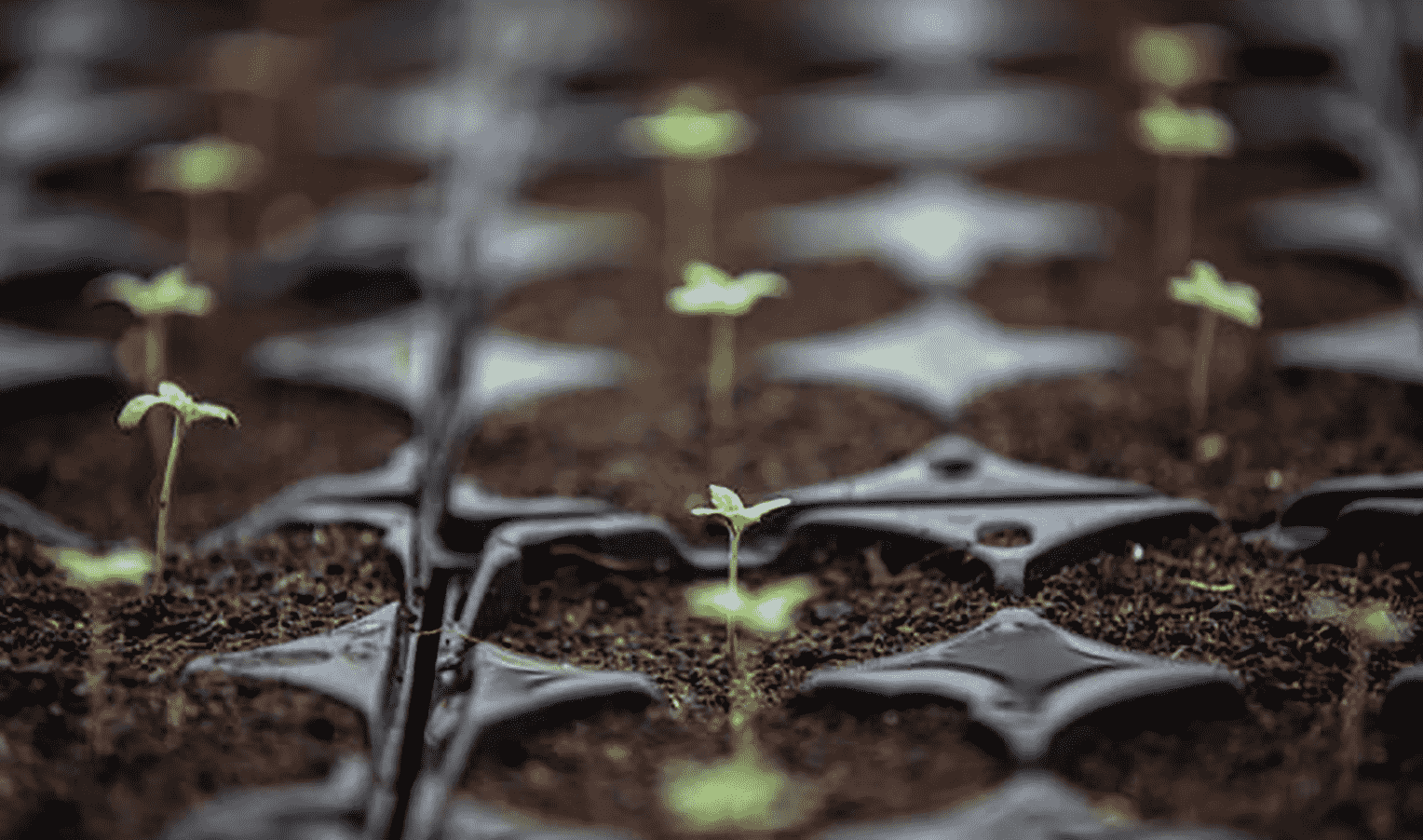
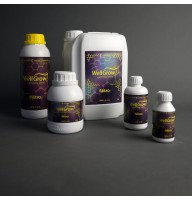

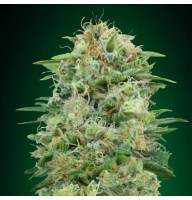

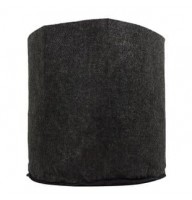

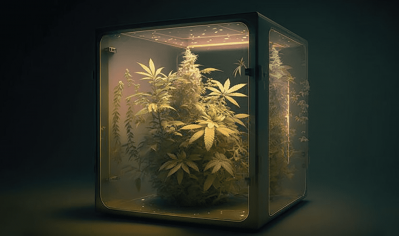
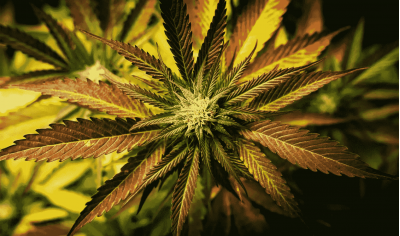
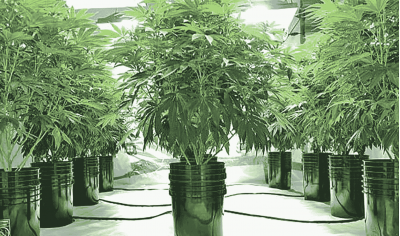



Write a comment